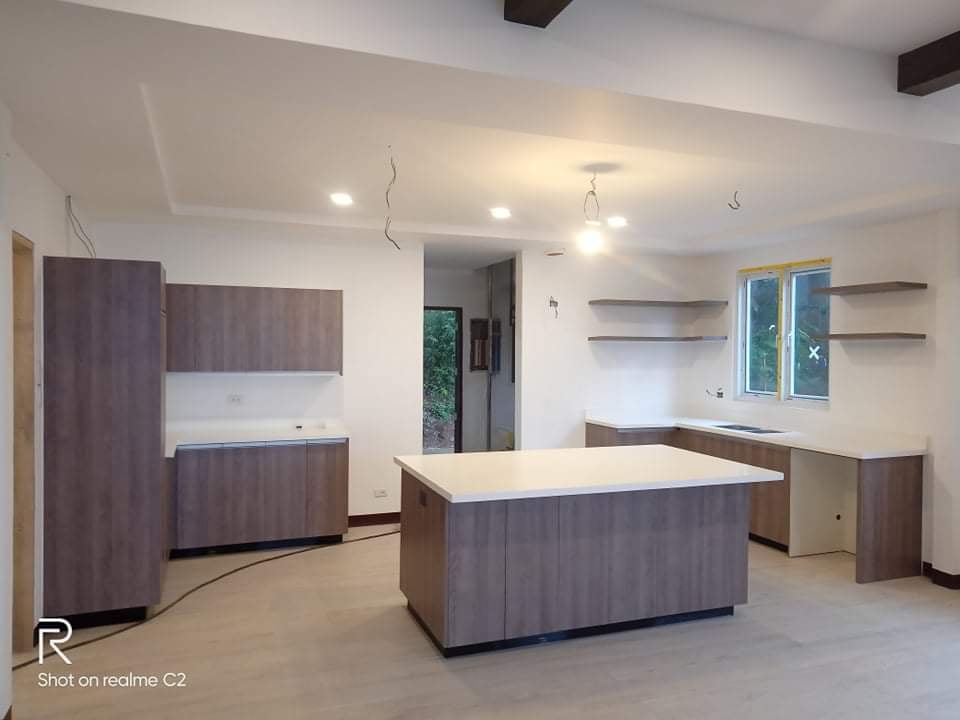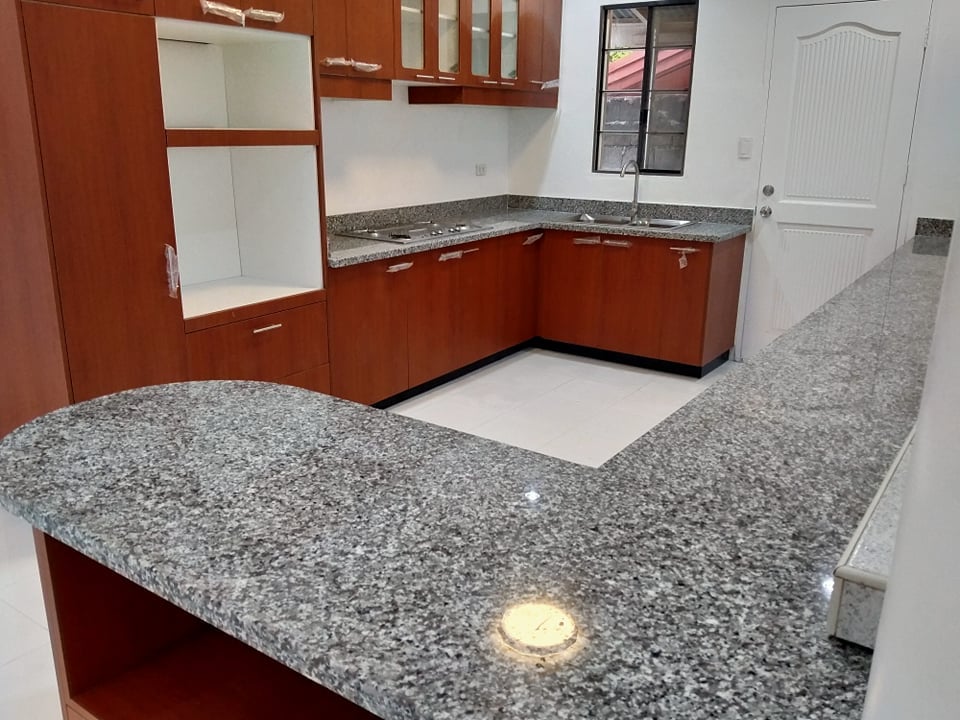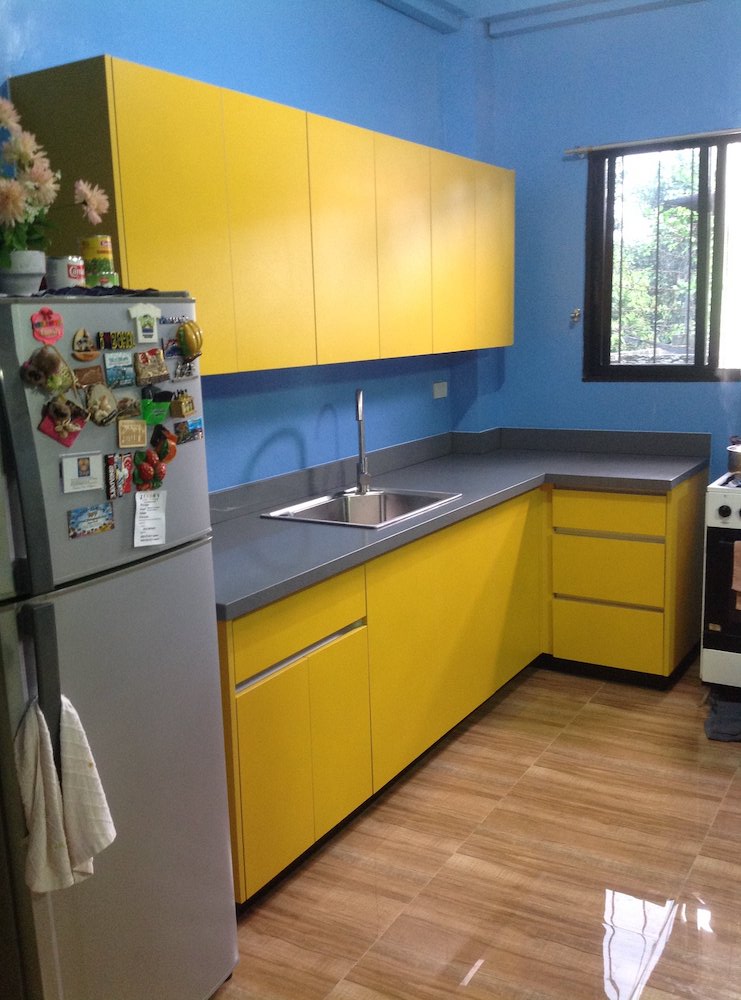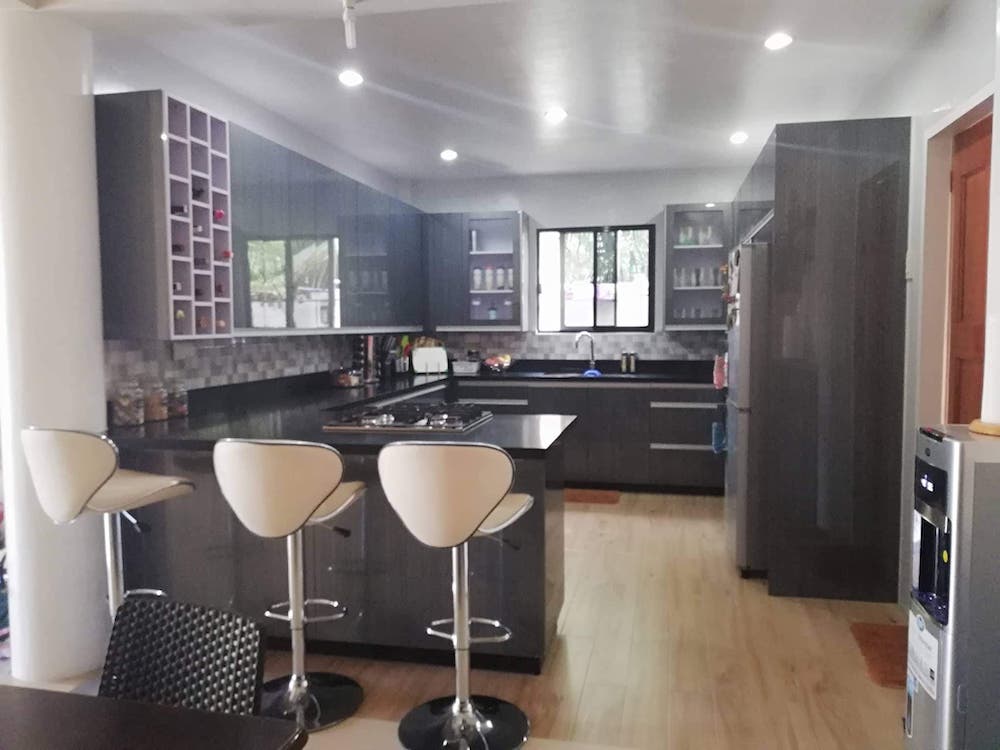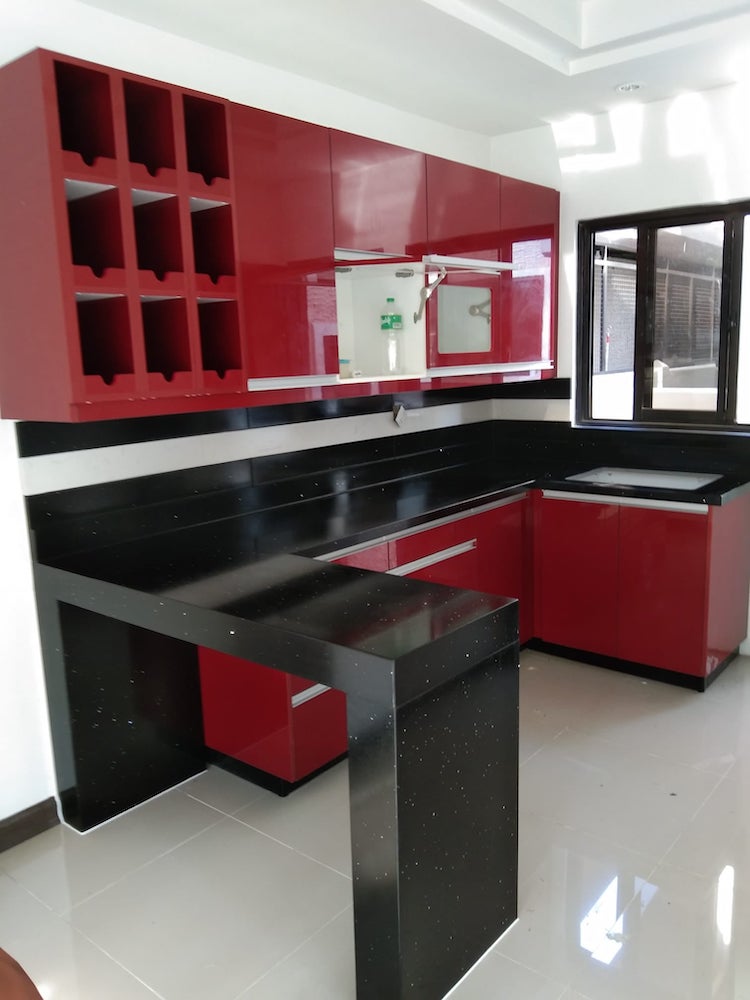Oak Doors
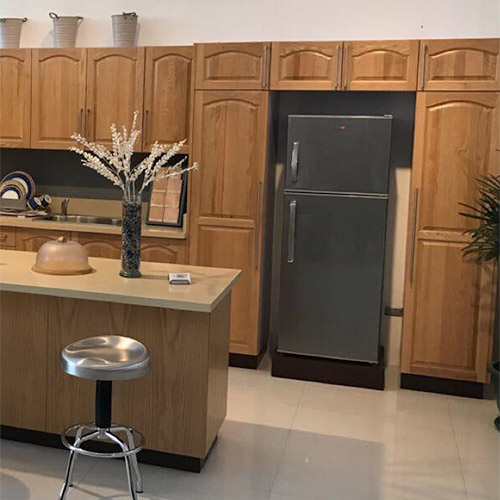
MERLGEN’s solid oak doors are made with imported wood from Canadian red oak trees. Red oak (Quercus rubra and Quercus falcata of the family Fagaceae) is the most plentiful species of oak in Canada, especially in the eastern part of the country. Its range extends beyond Canada, throughout the United States, further south into Mexico and Central America, and can be found as far away as Europe and even Iran where it’s known as Persian oak.
According to the USDA’s handbook, Mexico has more than 100 species, Guatemala has around 25 species, and Colombia only has 2 species of red oak. The wood from the various tropical oak species is in most cases heavier than the species in the United States, but it is rarely used for cabinets or furniture due to difficulties encountered in drying of wood.
During the early 18th century, red oak was introduced to Europe (namely, England and France) and “today there are many fine buildings of this oak in France, Belgium and Germany,” according to “Know Your Woods”. In Europe, young trees grow around 8 inches per year and even faster in Canada.
Other Common Names for Red Oak
- Canadian red oak
- American red oak
- Pin oak
- Spanish oak
- Shumard red oak
- Gray oak
- Northern red oak
- Southern red oak
- Swamp oak red oak
- Cherrybark oak
- Southern red oak
- Persian oak
Species Related to Red Oak
- Black oak (Quercus velutina)
- Shumard oak (Quercus shumardii)
- White oak (Quercus alba)
Werner Lorenz, owner and president of Indiana Veneers Corp. (Indianapolis, IN), says that white oak, which is often touted as “better in overall properties” than red oak, is more popular in international markets, but that red oak is still preferred in the American market possibly due to price, since “white oaks tend to run 10 to 20 percent higher in price than red oaks.” While white oak is frequently used for cooperage because of the tight pores, red oak is not considered suitable for tight cooperage. According to Lorenz, red oak is probably third most popular of all species behind cherry and maple in the United States. “Supplies of red oak are abundant. It remains very popular for kitchen cabinetry and furniture, especially for Mission and Arts and Craft style furniture,” Lorenz says.
Properties of Red Oak
- Average weight: ~48 pounds per cubic foot.
- Average height: 60 to 80 feet (tallest on record is 145 feet).
- Dense, heavy, hard, stiff wood with a very good steam-bending classification – medium bending strength and stiffness, with high shock resistance and crushing strength.
- Dries slowly and have fairly large shrinkage in drying, so care is recommended in drying or degrade is possible.
- Not considered durable, so preservative treatment is highly recommended if wood is used for exterior applications.
- Medium movement in service.
- Can have moderate blunting effect on cutting surfaces, so sharpening cutting surfaces and preboring are recommended.
- Finishes well, but should be filled prior to finishing or painting because of its open pores (wood from red oak is very porous).
- Heartwood is brown with a tinge of red
- Sapwood is nearly white and usually 1 to 2 inches thick.
- “Sawed lumber of red oak cannot be separated by species on the basis of the characteristics of the wood alone. Red oak lumber can be separated from white oak by the number of pores in summerwood and because, as a rule, it lacks the membranous growth known as tyloses in the pores.” – “Wood Handbook: Wood as an Engineering Material” by the USDA’s Forest Products Laboratory
Growth of Red Oak
- “Best growing oak introduced from North America to Europe; young trees may grow at the rate of 8 inches per year.” – “Trees of North America and Europe” by Roger Phillips and Sheila Grant
- Young trees can increase 2 inches in diameter and 12 inches in height per year. – “Know Your Woods” by Albert Constantine Jr.
- “Northern red oak grows comparatively slowly and compares favorably with northern white oak, while red oak from the Southern states grows faster and produces a harder, heavier wood.” – “The Encyclopedia of Wood”
- “It is the slower growth [of Northern red oak compared to Southern red oak] dictated by climate that gives wider growth rings as well as a finer-grained wood.” – Werner Lorenz, owner and president of Indiana Veneers Corp. (Indianapolis, IN)
Uses of Red Oak
- Architectural interiors
- Wall paneling
- Furniture, including cabinets and wardrobes
- Flooring
- Millwork
- Boxes and crates
- Caskets and coffins
- Timbers
- Handles
- Pallets
- Agricultural tools
- Boats
- Woodenware
- Source of firewood
- Tanning (bark from red oak trees is rich in tannin, which is used to tan leather)
- Charcoal (the most common use for the tropical species of red oak)










